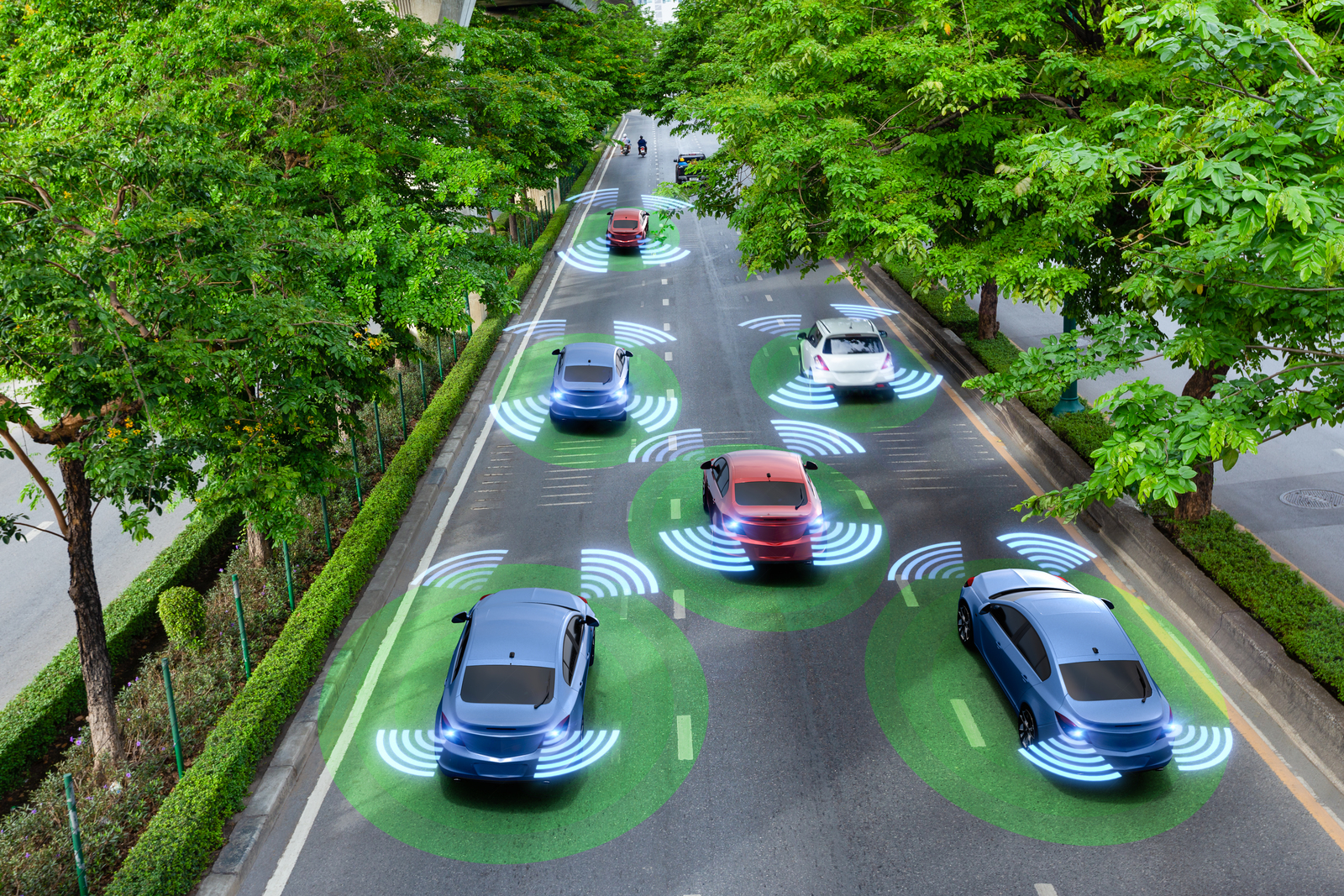Internet of Things Cars
Internet of Things Cars: A Comprehensive Guide to Smart Cars
Introduction
The Internet of Things (IoT) is rapidly changing the way we interact with technology. One of the most exciting developments in IoT is the advent of smart cars. These vehicles are equipped with advanced sensors, software, and connectivity that allow them to communicate with other devices and systems. In this article, we will explore the world of Internet of Things cars, their benefits, and how they work.
What are Internet of Things Cars?
IoT cars are vehicles that are equipped with sensors, software, and connectivity that enable them to communicate with other devices and systems. These cars can collect data on everything from engine performance to road conditions to driver behavior. This data is then analyzed and used to improve the car’s performance, safety, and efficiency.
The Benefits of Internet of Things Cars
The adoption of IoT technology in cars brings a multitude of benefits, revolutionizing the automotive industry. These advantages include:
- Enhanced Safety: IoT cars are equipped with advanced driver-assistance systems (ADAS), which provide features such as collision avoidance, lane-keeping assistance, and adaptive cruise control, significantly improving road safety.
- Efficient Navigation: IoT-equipped vehicles can access real-time traffic data, enabling dynamic route planning and traffic avoidance, reducing travel times and fuel consumption.
- Remote Diagnostics: Remote monitoring of vehicle health allows for proactive maintenance, reducing breakdowns and repair costs.
- Improved User Experience: Features like voice recognition, entertainment system integration, and remote start via smartphone apps enhance the overall driving experience.
- Environmental Benefits: IoT technology can optimize engine performance, contributing to reduced emissions and greater fuel efficiency.
- Data-Driven Insights: IoT cars generate a wealth of data that can be harnessed for analytics, enhancing vehicle design, operation, and traffic management.
How Internet of Things Cars Work
IoT cars rely on a variety of technologies to function properly. These include sensors that collect data on everything from speed to tire pressure to fuel consumption. The car’s onboard computer then analyzes this data and uses it to make real-time decisions about how to operate the vehicle. Finally, the car communicates with other devices and systems using wireless connectivity such as 4G or 5G networks.
The Role of AI in IoT Cars
The integration of AI in IoT cars plays a pivotal role in reshaping the automotive industry, offering a wide range of benefits and capabilities:
- Advanced Driver Assistance: AI-driven systems enable sophisticated driver assistance features, including autonomous driving, collision avoidance, and adaptive cruise control, enhancing safety and reducing the risk of accidents.
- Predictive Maintenance: AI algorithms analyze vehicle data to predict maintenance needs, minimizing breakdowns and reducing repair costs.
- Personalized Driving Experience: AI-powered systems can adjust vehicle settings, climate control, and entertainment options based on individual preferences, providing a tailored driving experience.
- Voice Recognition: AI-driven voice assistants allow drivers to interact with the car, control navigation, make calls, and access information hands-free, enhancing convenience and safety.
- Data Analysis and Insights: AI processes the vast amount of data generated by IoT cars, offering valuable insights for improving vehicle design, traffic management, and operational efficiency.
- Energy Efficiency: AI optimizes engine performance and vehicle operations, leading to reduced fuel consumption and lower environmental impact.
The Future of IoT Cars
The future of IoT cars is bright. As technology continues to improve, we can expect to see even more advanced features and capabilities in these vehicles. Some experts predict that fully autonomous cars will be on the road within the next decade, while others believe that IoT cars will eventually become a standard feature of all vehicles.
The Challenges of IoT Cars
While IoT technology in cars brings numerous benefits, it also presents several challenges:
- Security Risks: IoT-connected cars are vulnerable to cyberattacks, potentially compromising driver safety and privacy.
- Data Privacy: Gathering extensive data on driver behavior and vehicle performance raises concerns about data privacy and ownership.
- Complex Regulations: Evolving regulations and standards for IoT in cars can be challenging to navigate, impacting compliance and development efforts.
- Interoperability: Ensuring seamless communication between different IoT systems and devices in vehicles requires complex integration.
- Driver Trust: Convincing drivers to trust autonomous and IoT-driven features can be a hurdle due to concerns about reliability and safety.
- Maintenance and Repairs: IoT-equipped cars may require specialized training and tools for maintenance and repairs, potentially increasing costs.
The Impact of IoT Cars on Society
The introduction of IoT technology in cars carries significant societal impacts, including:
- Improved Safety: IoT features like collision avoidance and autonomous driving can reduce accidents and save lives, enhancing road safety.
- Reduced Traffic Congestion: Real-time traffic data and optimized routes lower traffic congestion, leading to quicker commutes and lower stress levels.
- Environmental Benefits: IoT-driven fuel efficiency and emissions reduction contribute to a cleaner environment and reduced carbon footprint.
- Mobility Solutions: IoT cars facilitate innovative mobility services like ride-sharing and car-sharing, making transportation more accessible and cost-effective.
- Economic Opportunities: IoT car development and related industries create jobs and economic growth.
- Data Privacy Challenges: The collection of extensive data raises concerns about privacy and data ownership, necessitating careful regulations and safeguards.
Privacy Concerns with IoT Cars
As with any technology that collects data on individuals, there are concerns about privacy when it comes to IoT cars. It’s important to ensure that people’s personal information is protected and that they have control over what data is collected and how it’s used.
The Role of Government in Regulating IoT Cars
As IoT cars become more common, it will be important for governments to regulate this technology to ensure that it’s safe, secure, and ethical. This may involve establishing standards for data collection and transmission, as well as creating laws to protect people’s privacy.
Conclusion
IoT cars are an exciting development in the world of technology. These vehicles offer many benefits, including increased safety, efficiency, and convenience. As the technology continues to evolve, we can expect even more advanced features and capabilities in these vehicles. However, it’s important to address the challenges associated with IoT cars, including cybersecurity and privacy concerns, to ensure that this technology is used in a responsible and ethical manner.





